KURT D'HAESELEER
The recent work of video artist Kurt D’Haeseleer examines the impact of public space on our everyday reality. In a strategy of ’hidden complexity’, his images reveal his concern with social and architectural themes. Kurt D’Haeseleer studied modern history in Leuven and Vienna, and cinema, video and television in Brussels. Via his work - a cluster of different techniques, with video constituting the lion’s share - D’Haeseleer reveals great interest in how human systems structure and organize themselves in daily practice. In addition to his work as a video artist, he is active as a television director and journalist and collaborates with artists’ initiatives, including the Filmfabriek, a Belgian film foundation with whom he helped produce videos of performances by the contemporary music ensemble, Ictus (Paysage sous surveillance, 2002). D’Haeseleer’s style is seldom explicit and proves a hybrid of genres: characteristic properties of, for example, videoclip, essay, documentary or television spot mingle in an overall output that almost elusively seems to be continually slipping by. In the montage - not infrequently a ’remix’ of original images constructed with digital means - D’Haeseleer switches between abstraction and figuration, creating an often blurred tableau that is continuously mutating.
D’Haeseleer moreover appeals to the discontinuous rhythm of zap culture. Sometimes he freezes images, then abruptly fires them off, one after the other. Shots sometimes intersect and overlap each other and he makes frequent use of images within images. But D’Haeseleer’s work aims further than the formal, the stylistic or formal variable. It camouflages highly complex content within a rather smooth form. D’Haeseleer records public space in an apparently detached way, like in File (2000). Views of rural property divides, industrial estates, city squares or furniture showrooms are shot from a ’safe’ distance, in panoramic shots or greatly zoomed in images, evoking a certain alienation. This unreality is accentuated by the role of man, by D’Haeseleer’s play with presence and absence. Although he is dealing with the influence of the environment on man, his images seldom focus on people. The individual plays virtually no role in his videos; absorbed into the grey mass, the individual constitutes a logical and essential, but otherwise insignificant cog. Human agitating is usually post factum: in D’Haeseleer’s world, human presence seems to be an echo of an elusive past. Soundtracks underline the way an individual is turned in upon himself within this ’dehumanized’ urban context. Sounds like a nervously ringing telephone that remains unanswered, or footsteps on a gravel path, suggest human activity that remains concealed from the viewer. D’Haeseleer is moreover fond of juggling with the soundtrack. While images may look objective or documentary, the soundtrack lends the subject being filmed a direction that toys with threat, suspense or reassurance. Via the soundtrack - sometimes with inserts of voice-over commentary - D’Haeseleer also seizes the opportunity to dissect his subject, often without irony. D’Haeseleer’s work presents a treacherous simplicity, an apparent objectivity that analyses, subtly comments on and exaggerates human relations.
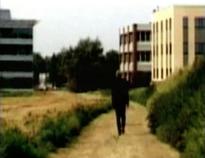
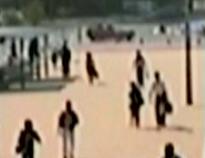
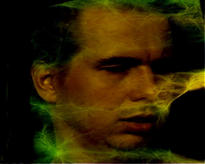
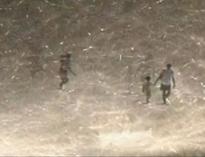
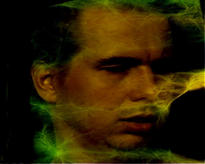
- ° 1974 Lives and works in Brussels (Belgium).
-
Links
-
EVENEMENTEN
-
At view in the media library
WERKEN